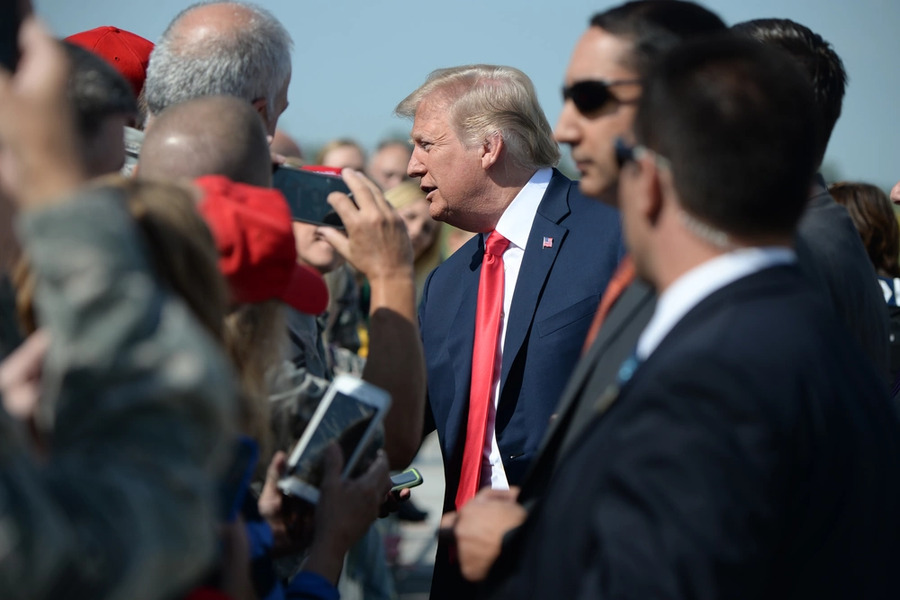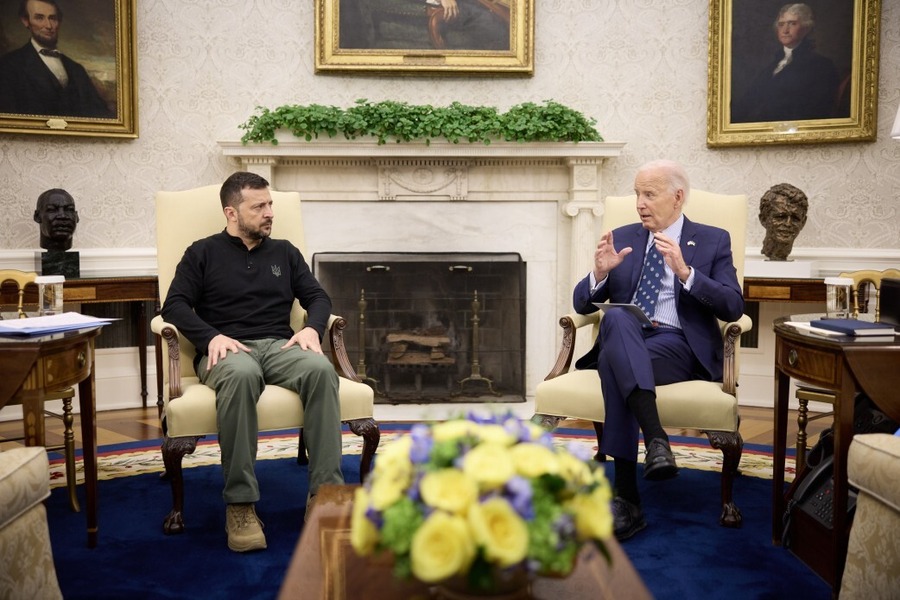Two New CRS Reports Related to the NDAA
Two new Congressional Research Service reports came out earlier this month concerning the NDAA, thanks to Steve Aftergood of Secrecy News. The first, Detention of U.S. Persons as Enemy Belligerents, is a backgrounder on the law of detention, and American practice concerning detention. Its summary reads:
The detainee provisions passed as part of the National Defense Authorization Act for FY2012, P.L. 112-81, affirm that the Authorization for Use of Military Force (AUMF), P.L.
Published by The Lawfare Institute
in Cooperation With

Two new Congressional Research Service reports came out earlier this month concerning the NDAA, thanks to Steve Aftergood of Secrecy News. The first, Detention of U.S. Persons as Enemy Belligerents, is a backgrounder on the law of detention, and American practice concerning detention. Its summary reads:
The detainee provisions passed as part of the National Defense Authorization Act for FY2012, P.L. 112-81, affirm that the Authorization for Use of Military Force (AUMF), P.L. 107-40, in response to the terrorist attacks of September 11, 2001, authorizes the detention of persons captured in connection with hostilities. The act provides for the first time a statutory definition of covered persons whose detention is authorized pursuant to the AUMF. During debate of the provision, significant attention focused on the applicability of this detention authority to U.S. citizens and other persons within the United States. The Senate adopted an amendment to clarify that the provision was not intended to affect any existing law or authorities relating to the detention of U.S. citizens or lawful resident aliens, or any other persons captured or arrested in the United States. This report analyzes the existing law and authority to detain U.S. persons, including American citizens and resident aliens, as well as other persons within the United States who are suspected of being members, agents, or associates of Al Qaeda or possibly other terrorist organizations as “enemy combatants.” The Supreme Court in 2004 affirmed the President’s power to detain “enemy combatants,” including those who are U.S. citizens, as part of the necessary force authorized by Congress after the terrorist attacks of September 11, 2001. In Hamdi v. Rumsfeld, a plurality held that a U.S. citizen allegedly captured during combat in Afghanistan and incarcerated at a Navy brig in South Carolina is entitled to notice and an opportunity to be heard by a neutral decision maker regarding the government’s reasons for detaining him. On the same day, the Court in Rumsfeld v. Padilla overturned a lower court’s grant of habeas corpus to another U.S. citizen in military custody in South Carolina on jurisdictional grounds, leaving undecided whether the authority to detain also applies to U.S. citizens arrested in the United States by civilian authorities. Lower courts that have addressed the issue of wartime detention within the United States have reached conflicting conclusions. While the U.S. Court of Appeals for the Fourth Circuit ultimately confirmed the detention authority in principle in two separate cases (one of which was subsequently vacated), the government avoided taking the argument to the Supreme Court by indicting the accused detainees for federal crimes, making their habeas appeals moot and leaving the law generally unsettled. This report provides a background to the legal issues presented, followed by a brief introduction to the law of war pertinent to the detention of different categories of individuals. An overview of U.S. practice during wartime to detain persons deemed dangerous to the national security is presented. The report concludes by discussing Congress’s role in prescribing rules for wartime detention as well as legislative proposals in the 112th Congress to address the detention of U.S. persons (H.R. 3676, H.R. 3785, H.R. 3702, S. 2003, H.R. 4092, H.R. 4192, S. 2175).The second report, The National Defense Authorization Act for FY2012: Detainee Matters, deals with, well, exactly what the title suggests. The summary reads:
The National Defense Authorization Act for FY2012 (2012 NDAA, P.L. 112-81) contains a subtitle addressing issues related to detainees at the U.S. Naval Station at Guantanamo Bay, Cuba, and more broadly, the disposition of persons captured in the course of hostilities against Al Qaeda and associated forces. Much of the debate surrounding passage of the act centered on what appears to be an effort to confirm or, as some observers view it, expand the detention authority that Congress implicitly granted the President via the Authorization for Use of Military Force (AUMF, P.L. 107-40) in the aftermath of the terrorist attacks of September 11, 2001. The 2012 NDAA, as enacted, largely adopts the detention provisions from the Senate bill, S. 1867, with several modified provisions from the House bill, H.R. 1540, along with a few modifications inserted at conference in an effort to avoid a presidential veto. It authorizes the detention of certain categories of persons and requires the military detention of a subset of them (subject to waiver by the President); regulates status determinations for persons held pursuant to the AUMF, regardless of location; regulates periodic review proceedings concerning the continued detention of Guantanamo detainees; and continues current funding restrictions that relate to Guantanamo detainee transfers to foreign countries. The act continues to bar military funds from being used to transfer detainees from Guantanamo into the United States for trial or other purposes, although it does not directly bar criminal trials for terrorism suspects (similar transfer restrictions are found in appropriations enactments in effect for FY2012). During floor debate on S. 1867, significant attention centered on the extent to which the bill and existing law permit the military detention of U.S. citizens believed to be enemy belligerents, especially if arrested within the United States. A single amendment was made to the detainee provisions (ultimately included in the final version of the act) to clarify that the bill’s affirmation of detention authority under the AUMF is not intended to affect any existing authorities relating to the detention of U.S. citizens or lawful resident aliens, or any other persons captured or arrested in the United States. When signing the 2012 NDAA into law, President Obama stated that he would “not authorize the indefinite military detention without trial of American citizens.” While Congress deliberated over the competing House and Senate bills, the White House expressed strong criticism of both bills’ detainee provisions, and threatened to veto any legislation “that challenges or constrains the President’s critical authorities to collect intelligence, incapacitate dangerous terrorists, and protect the Nation.” A few modifications were made during conference to assuage some of the Administration’s concerns. President Obama ultimately lifted the veto threat and signed the 2012 NDAA into law, though he issued a statement criticizing many of the bill’s detainee provisions. Among other things, he declared that the mandatory military detention provision would be implemented in a manner that would preserve a maximum degree of flexibility, and that the Administration would not “adhere to a rigid across-the-board requirement for military detention.” In February 2012, President Obama issued a directive to implement this policy, including by exercising waiver authority to prevent the mandatory military detention provision’s application in a broad range of circumstances. This report offers a brief background of the salient issues raised by the detainee provisions of the FY2012 NDAA, provides a section-by-section analysis, and discusses executive interpretation and implementation of the act’s mandatory military detention provision.
Benjamin Wittes is editor in chief of Lawfare and a Senior Fellow in Governance Studies at the Brookings Institution. He is the author of several books.





